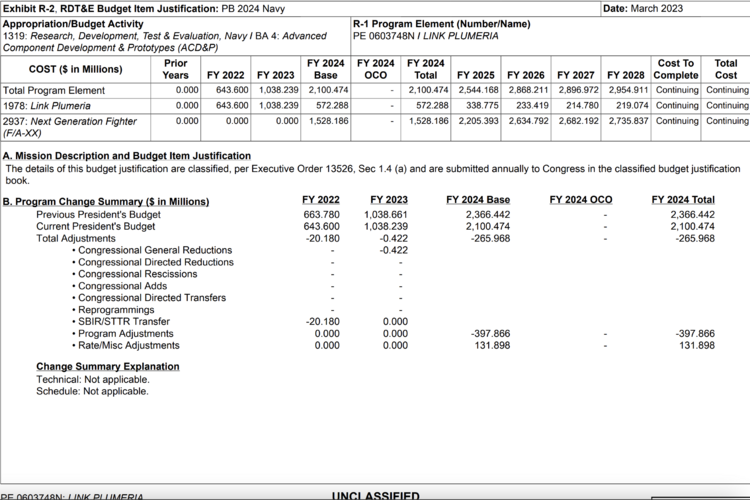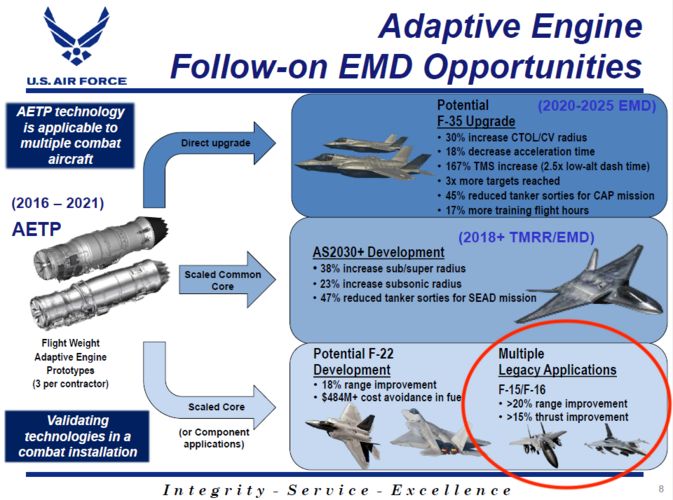General Electric Co., GE Edison Works, Cincinnati, Ohio, was awarded a ceiling $3,500,000,000 indefinite-delivery/indefinite-quantity modification (P00005) to a previously awarded contract (FA8626-22-D-0010) for technology maturation and risk reduction services for the execution of the prototype phase of the Next Generation Adaptive Propulsion program. Work will be performed in Cincinnati, Ohio, and is expected to be completed by July 11, 2032. No funds are being obligated at the time of award. The Air Force Lifecycle Management Center, Wright-Patterson Air Force Base, Ohio, is the contracting activity.
Raytheon Technologies Corp., Pratt & Whitney Engines, East Hartford, Connecticut, has been awarded an indefinite-delivery/indefinite-quantity modification (P00006) with a program ceiling of $3,500,000,000 to previously awarded contract FA8626-22-D-0002 for technology maturation and risk reduction services. The work includes design, analysis, rig testing, prototype engine build and testing, and weapon system integration. The contract modification is for the execution of the prototype phase of the Next Generation Adaptive Propulsion program and is focused on delivering a state-of-the-art propulsion system with a flexible architecture that can be tailored for future combat aircraft operating across various mission threads; and digitally transforming the propulsion industrial base. No funds are being obligated at the time of award. The modification brings the total cumulative face value of the contract to $3,500,000,00 from $975,000,000. The location of performance is East Hartford, Connecticut, and work is expected to be complete by July 13, 2032. This ceiling raise is the result of a planned work to be conducted within scope of the contract. Air Force Lifecycle Management Center, Wright-Patterson Air Force Base, Ohio, is the contracting activity.
Today's Defense Department contracts valued at $7.5 million or more are now live on Defense.gov.
www.defense.gov



